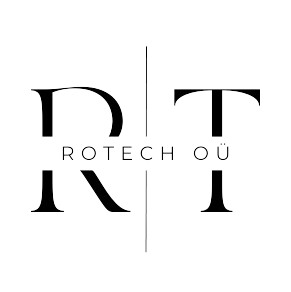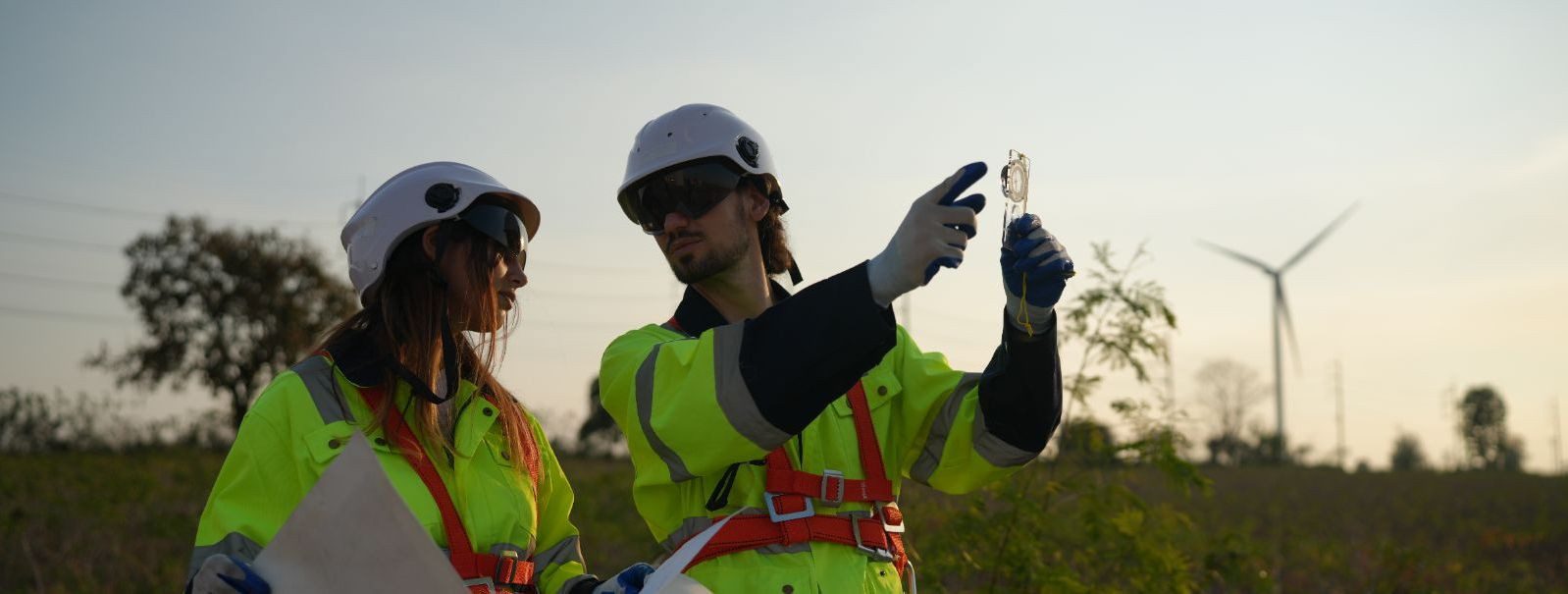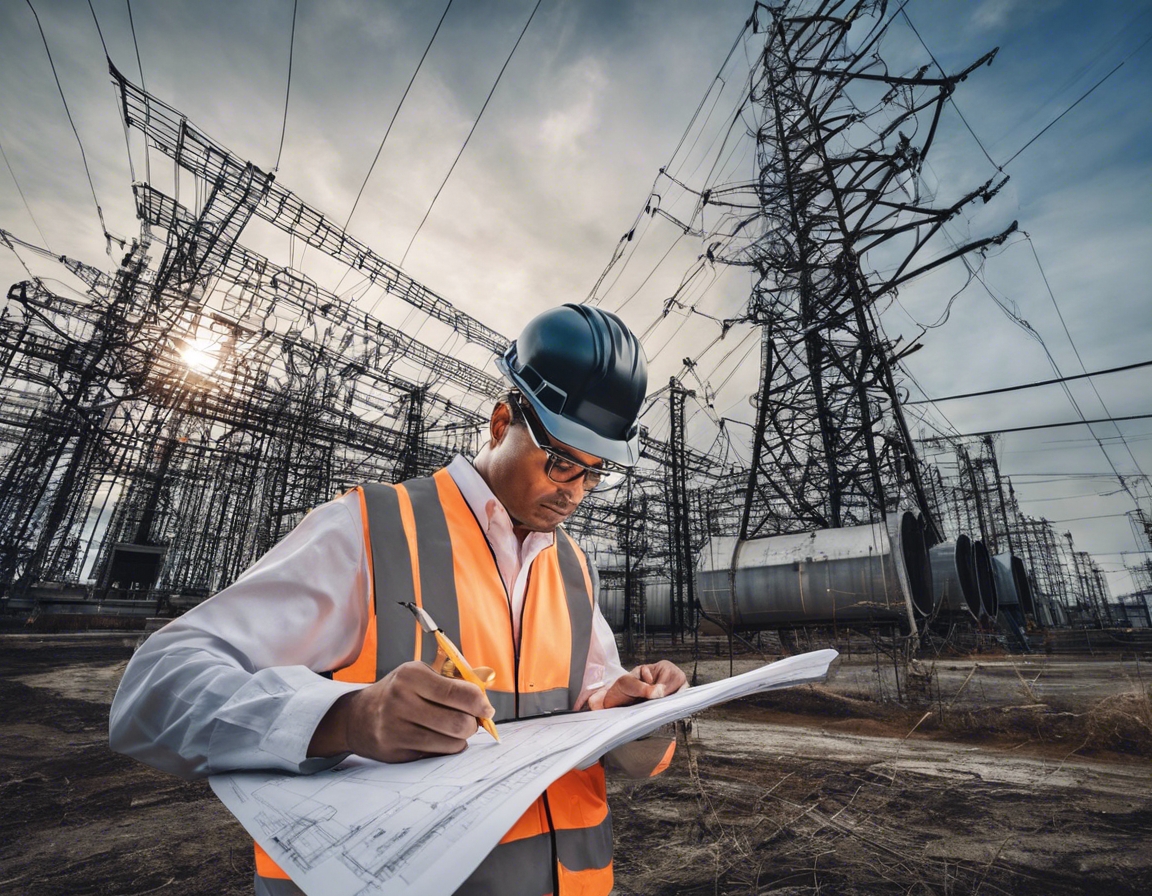Integrating renewable energy into medium voltage networks
As the world grapples with the urgent need to reduce carbon emissions and combat climate change, renewable energy sources such as solar, wind, and hydro have become increasingly vital. These sustainable options not only help in preserving the environment but also offer the potential for energy independence and economic growth.
Despite the clear benefits, integrating renewable energy into existing power networks presents several challenges. Variability in power generation, the need for grid modernization, and regulatory hurdles are just a few of the obstacles that must be overcome to successfully incorporate renewables into medium voltage networks.
Understanding Medium Voltage Networks
Medium voltage networks are critical components of the electrical distribution system, typically operating between 1kV and 35kV. They serve as the bridge between high voltage transmission lines and low voltage end-user applications, delivering power to industrial, commercial, and residential areas.
These networks are essential for distributing electricity over medium distances and are particularly important in urban environments where space is limited and reliability is crucial.
Strategies for Integration
To accommodate the influx of renewable energy, grid modernization is essential. Smart grid technologies enable better management of electricity flow, allowing for more efficient use of renewable sources. These technologies include advanced metering infrastructure, grid automation, and real-time data analytics.
Energy storage plays a pivotal role in balancing supply and demand, smoothing out the variability of renewable energy sources. Battery storage systems, pumped hydro storage, and other forms of energy storage can help stabilize the grid when renewable generation is high and demand is low.
Inverters are crucial for converting the direct current (DC) produced by solar panels and wind turbines into alternating current (AC) that can be used by the grid. Advanced inverters can also help manage voltage and frequency, improving the stability and reliability of the power network.
Demand response programs incentivize consumers to reduce or shift their electricity use during peak periods, which can help integrate renewable energy by aligning demand with the variable supply. Load management technologies can also automate this process, further enhancing grid stability.
Regulatory Framework and Incentives
Governments around the world are implementing policies to encourage the integration of renewable energy. These may include mandates for renewable energy adoption, subsidies for renewable energy technologies, and support for research and development.
Incentives such as tax credits, rebates, and grants are available to businesses and municipalities that invest in renewable energy projects. These incentives can help offset the initial costs of integrating renewables into medium voltage networks and promote wider adoption.
Technical Considerations for Integration
Before integrating renewable energy, it is crucial to assess the existing grid's capacity and stability. This involves analyzing the network's ability to handle additional loads and the potential impact on power quality.
Interconnection standards ensure that renewable energy systems can connect to the grid safely and reliably. Adhering to these protocols is essential for maintaining system integrity and protecting both the grid and the renewable installations.
Renewable integration must not compromise power quality or reliability. Solutions such as synchronous condensers, STATCOMs, and dynamic voltage restorers can help maintain voltage levels and improve the overall stability of the power network.





Comments (0)